Every year, women in Mexico, Central America and the Caribbean shorten the gap of entrepreneurship in the region, increasing the focus on transforming the areas and positions led mostly by men.
Data generally used as reference to measure people’s participation in any sector takes into account all of Latin America. There are no specific numbers regarding women entrepreneurs in Mexico, Central America and the Caribbean. Nonetheless, we know these women are an essential part in the business industry of the region.
These are not merely commercial enterprises. These projects led by women hold social worth, strengthen underrepresented communities and bring systemic changes in favor of a high impact social improvement.
Nowadays Mexico, Central America and the Caribbean
We live in a much more interconnected and globalized world where we can easily find information about our communities, cities and neighboring countries. A lot of these situations, though, are still centralized, generating a power contest full of egos that harm each and every person, mainly to those whose life is developed in invisible communities.
Today’s context represents a double disadvantage to those communities. Geographic location, political circumstances, economy and sociocultural conditions keep them away from society in general, whether by chance, and in some cases, due to political strategies.
In these forgotten spaces, several women have decided to act, work, give new opportunities, bring tools and possibilities, and with each step taken from their hearts, they have succeeded in activating their changemaking factor to transform the world they live in.
We are delighted to share the experiences of some of these changemaker women, who belong to the Ashoka network dedicated to high impact systemic changes in Mexico, Central America and the Caribbean.
The women of transformation
María Guadalupe Martínez Fuentes is the founder of Colaboración Lidxi, a Civil Society Organization in Mexico that takes and works for the development of communities through an STEAM education approach, which integrates the sciences, technologies, engineering, arts and math, mainly in indigenous communities and in some municipalities with no access to these matters.
The education based on a STEAM approach activates creativity in the subjects involved and it solves problems in their communities, according to María. This system does not focus on technology but acknowledges that it is, in fact, a key.
Technology plays a very important role within society nowadays, but it has not reached rural communities, not even those living outcasted in towns. With her project, María has transformed that specific issue into an opportunity to change mainly children’s development, but she has managed to include complete families into STEAM education.
Even when this tool allows the world to be highly globalized, there are regions within Mexico, Central America and the Caribbean that still fight for Natives Nation autonomy and their ecosystems’ conservation and preservation.
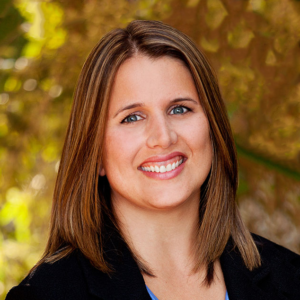
Sarah Otterstrom founded Paso Pacífico more than 17 years ago, an organization that carries out actions to conserve, preserve and educate about both land ecosystems and aquifers in Central America. She currently lives in Nicaragua and El Salvador, and her main goal is to work with the population to monitor protected areas and species, applying biodiversity educational programs.
That is the reason why Paso Pacifico is committed to make a change from the roots, where the impact relies on the youth, but always accompanied by the elderly. This way, the first ones will get a sense of identity whilst the second ones will recover a sense of belonging.
Sarah says that many organizations work from Ego. This is not her case, though. She stands by her vision as a changemaker woman, which is to be collaborative through equity, respect, empathy and communication to the benefit of the communities’ future, always working for an impact that lasts generation after generation.
Women who lead an organization seek to work through empathy and make the people their center in a collaborative way, and this is why these projects hold a social value and achieve relevant social changes.
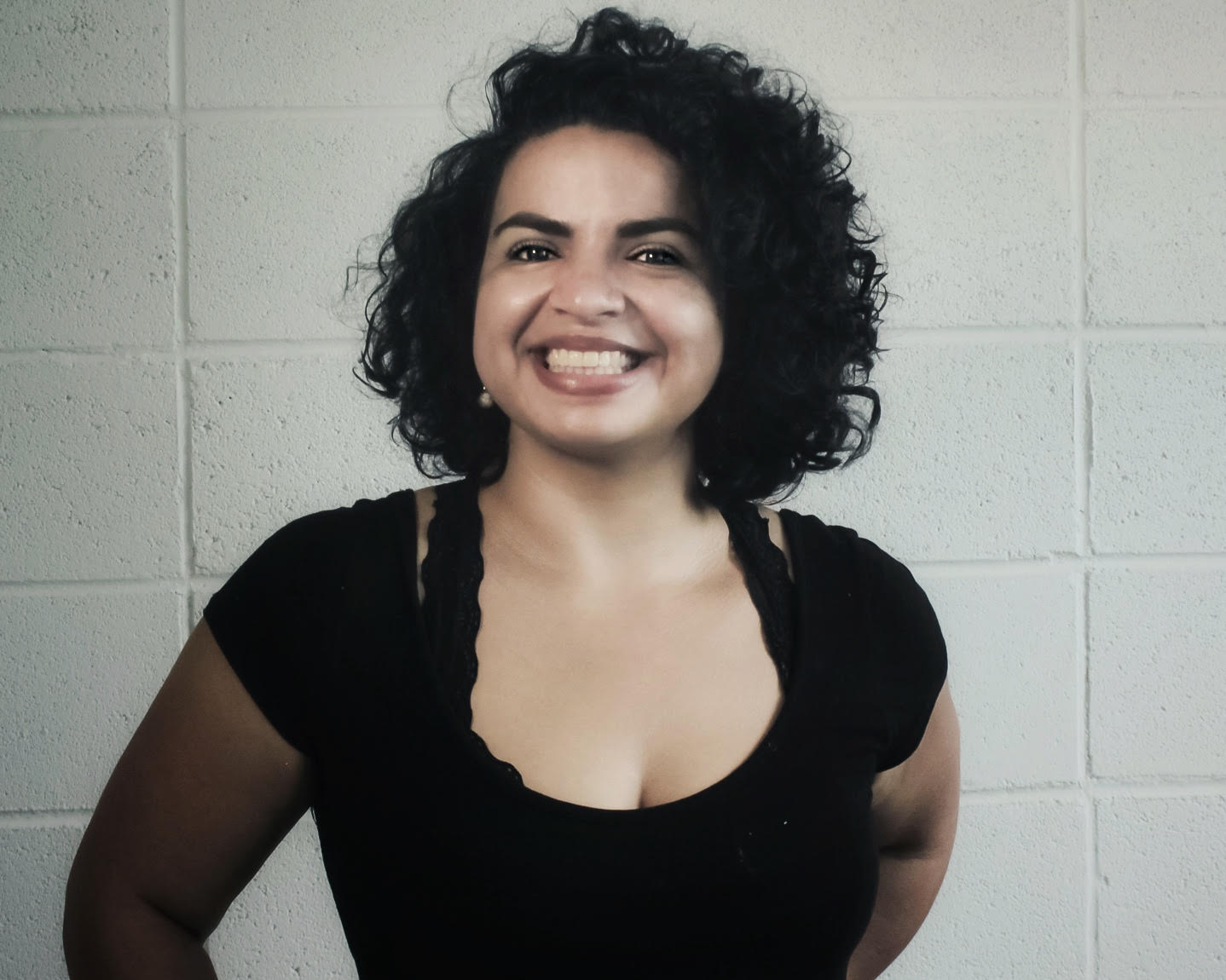
Lauren Díaz brought to life Nueva Oportunidad, a Non Profit Organization that aims to change the narrative within the prison system in Costa Rica and the world, submitting social and labor introduction programs with a Human Rights approach to former prisoners, which seek to get real solutions for these personas, victims of tough hand public politics.
Lauren is a woman who has devoted her entire life on social entrepreneurships, looking to solve problems in her communities and creating changes that can be the silverlining for others. She says that the lack of knowledge regarding the criminal system where a person who committed murder is taken to the same place where someone who stole 2 pounds of cheese is, takes her sleep away.
With Nueva Oportunidad, Lauren looks to have those uncomfortable conversations with all government breeches, not through a technical but a humanistic approach to the files and cases, highlighting that some decisions might be ok in theory, but in practice harm rather than aid.
Work and empathy are fundamental traits for the organizations that improve social ecosystems, and through their networks they enhance the life of people in vulnerable conditions, due to living in marginalized regions, biodiverse communities or deprived of their liberty. On the other hand, changes are made from the disabled too, and this effect must be replicated as well.
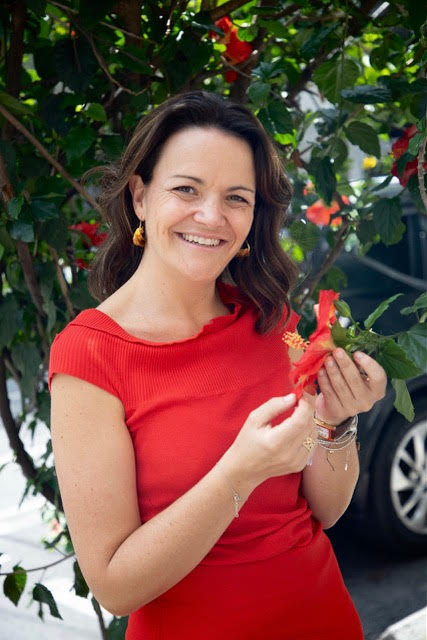
Gina Badenoch is the founder of Ojos que Sienten, a mexican Civil Society Organization that started 16 years ago with the sole purpose to invite society to change the discourse about disabilities, transforming it into an ability and reminding everyone that someone’s identity goes beyond their disability, this does not define them completely.
Through her journey, Gina has learnt to listen to her intuition and she highlights that she feels from the bottom of her heart each job she accomplishes.
She also mentions how important it is to focus on resources to achieve real changes. Lessening inequity and becoming an inclusive leader is an aspect she has learnt to deal with though her job too, working through respect and empathy to give opportunities to different groups, adding them in the social and labor fields so they can be independent and self-sufficient, and live a dignified life.
A trait all these changemaker women share is the passion they feel for the job they do, and how far they can go to stand by their choices, beliefs, values and motivations. Clearly, the path they have taken is restless, mainly because of the social background in which their projects are developed, nevertheless this does not stop them but gives them more strength.
Transformation: Side B
These women face issues and challenges which intend to hold them back on a daily basis, and yet, their answer is to find innovative solutions to achieve their goals.
María Guadalupe mentions that one of her biggest challenges is to “change the way people in rural communities think about education even beyond STEAM”. She says that her team and her have frequently seen rejection from communities to open to alternatives for the work and learning processes.
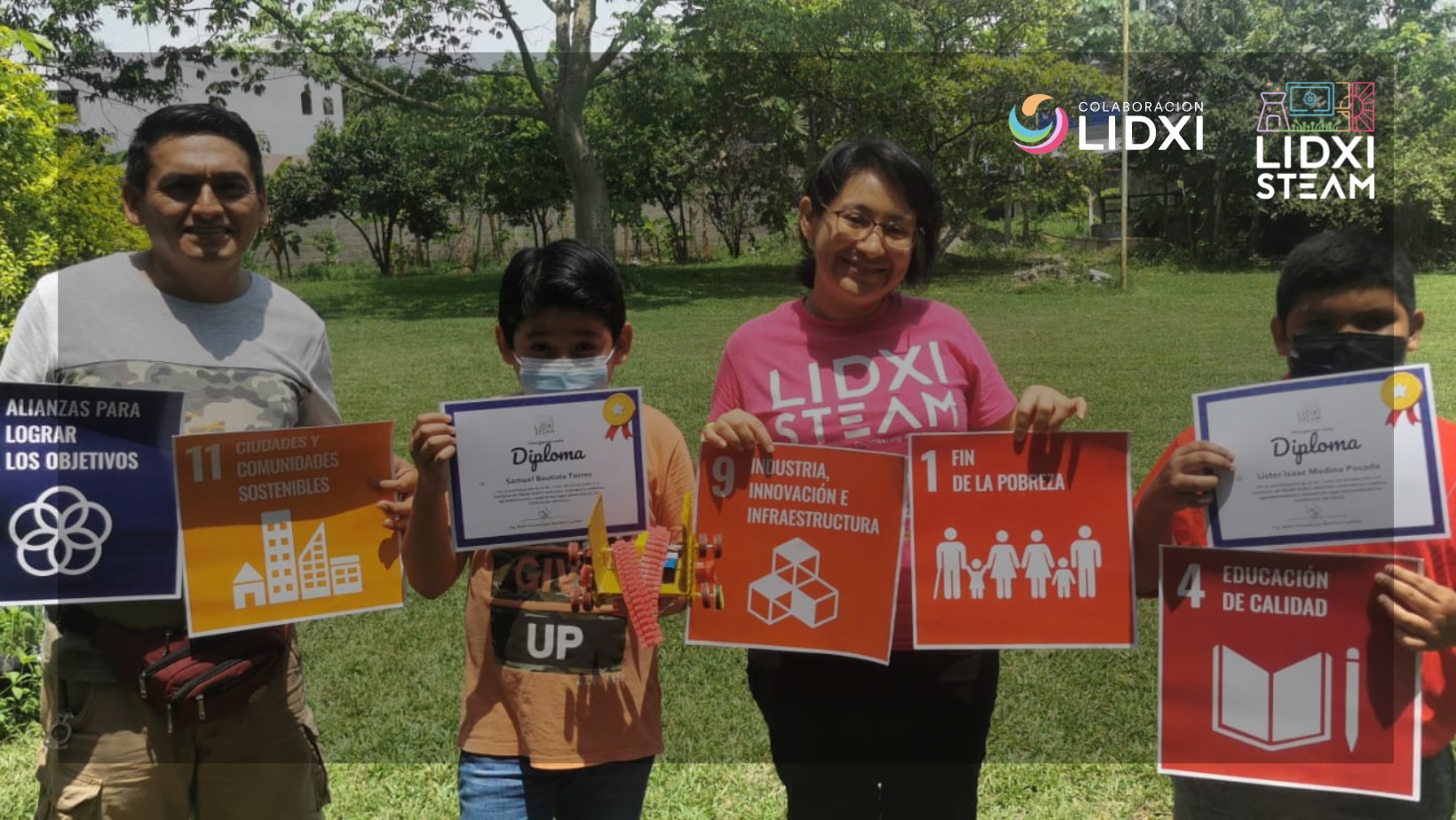
These challenges appear everywhere. Sarah, for example, states there is little to non visibility towards women's contributions in the field she works in, which allowed her to become a better leadwoman by acknowledging what others do while learning to recognize her own inputs in the field.
Lauren’s issues, on the other hand, are the consequences of a system lacking knowledge of people's everyday life in prison. She constantly wonders why there is not an open and deep discussion about the matter, the biggest problem has to do with the public politics, unable to give second chances that apply same standards to everyone without considering the level or type of crime, provoking infinite failures in the system.
The challenges these organizations face are in the heart of our society as well, says Gina. She has found her biggest obstacle in changing the way of thinking and seeing the disabled, make it a topic worth investing in and become a self-sustaining Non Profit Organization. Without society’s help, high impact changes would not be happening. Each person represents a step to social success.
Transformation, THE solution
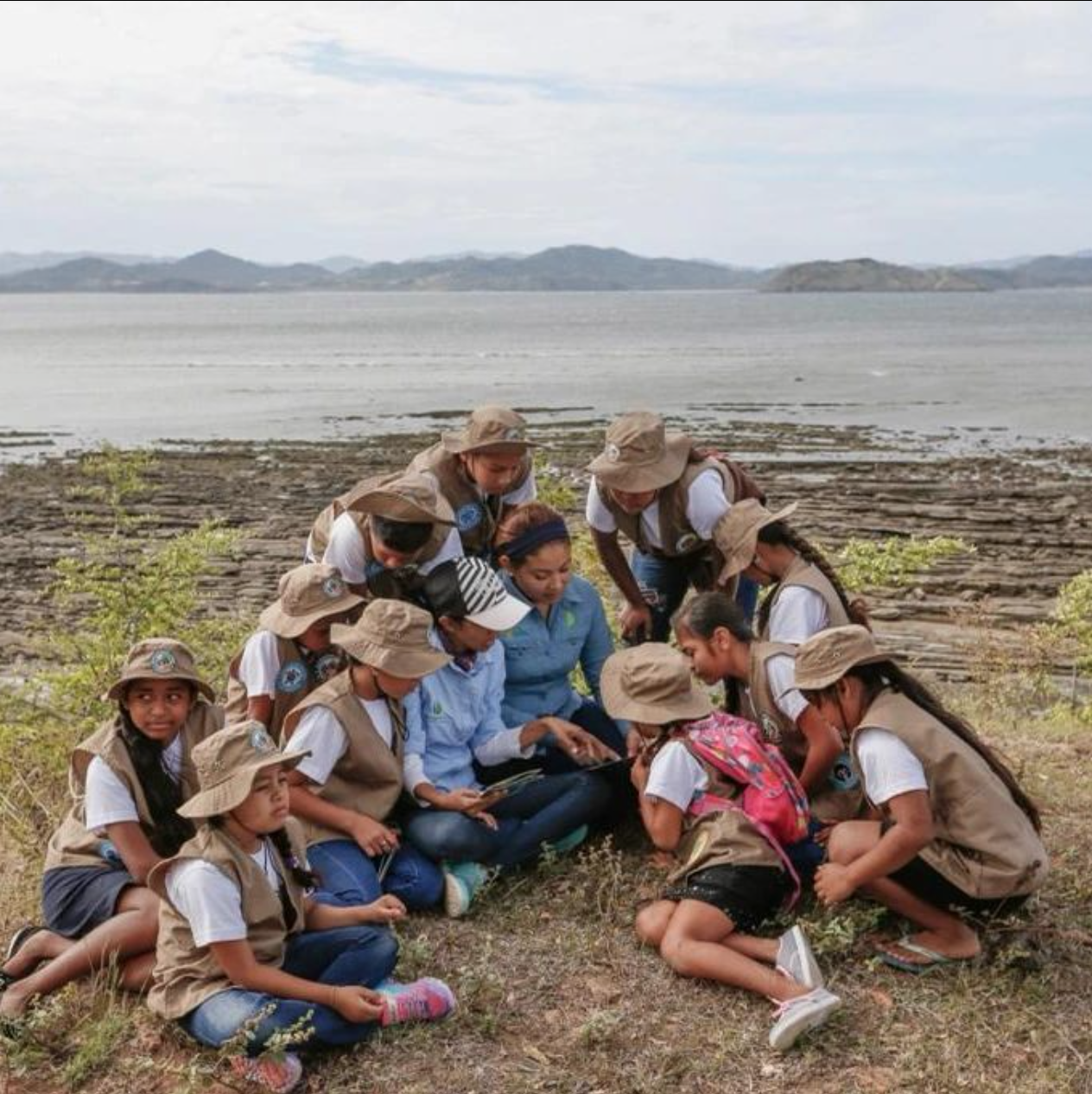
Changing the world we now know is going to take years. Little by little, these women have changed their communities and even themselves.
Each and all of them agree that there should be an uncomfortable conversation that questions and challenges the established system, that calls for union and action, and cares for the collective benefit instead of our own. They believe barriers do not matter nor the people placing them up.
All of them tell us how they have used the gender stereotype and education to their side, and how they have taken advantage of this to change systems, showing once again that women can transform realities from dignified work and empathy.
For Sarah, the transformation comes from discomfort. Or like María says “Dare to dare!”, stating that we should break beliefs and propose real solutions from scratch and arts and creativity.
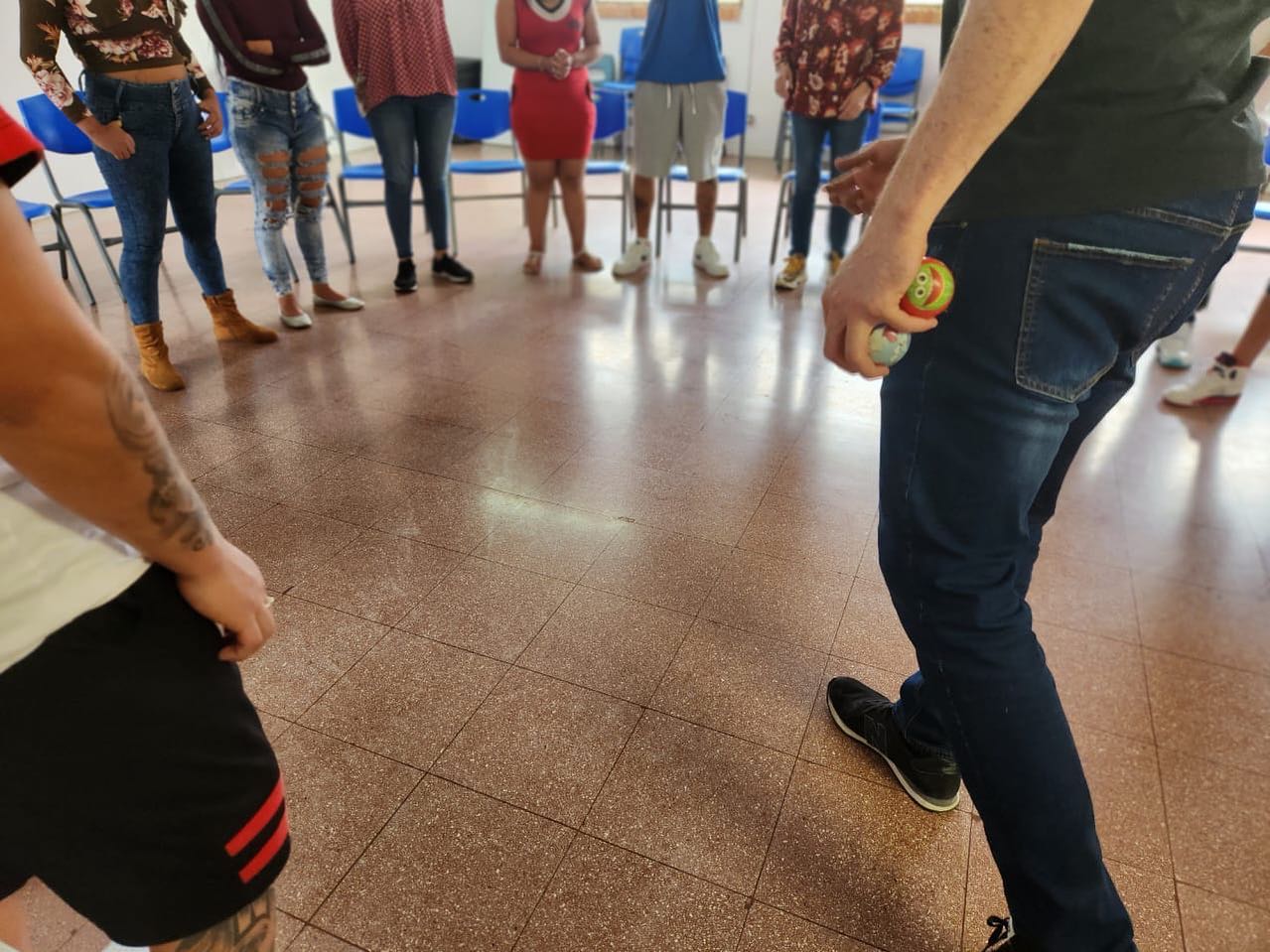
Their sensitivity and love they feel are not weaknesses but strength to create an holistic and transversal change that teaches us that “We set our own boundaries”, or in Gina’s words, that there is an invitation to allow ourselves to focus on the potential instead of the limit, all of this with the sole purpose of taking it personally, as LAuren says.
Transformation is driven by personal motivation, willing to do something meaningful for others.
Women are changing realities for communities in the region. A handful of work, organization, passion, love, gratitude and conviction, but overall, with dignity, values and strength, these changemaker women are part of our community, Ashoka MCC.
If you would like to know more about these projects and the achievements accomplished by these and other women, stay tuned in Ashoka MCC.
